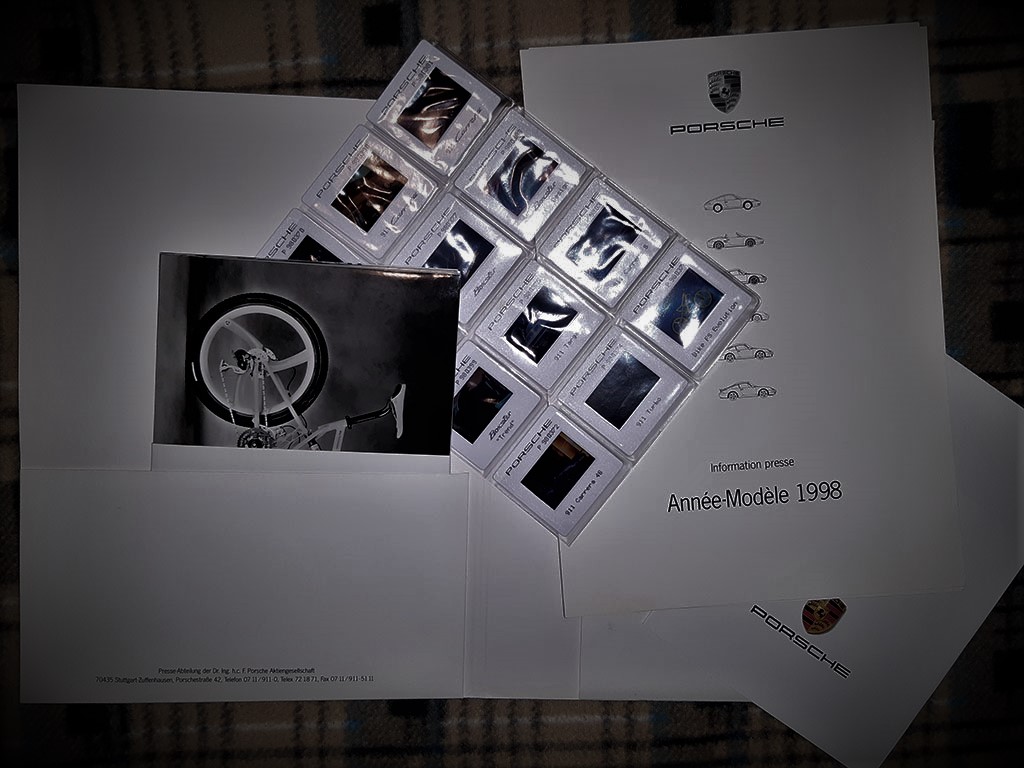
Porsche Press kit 1998 - production models
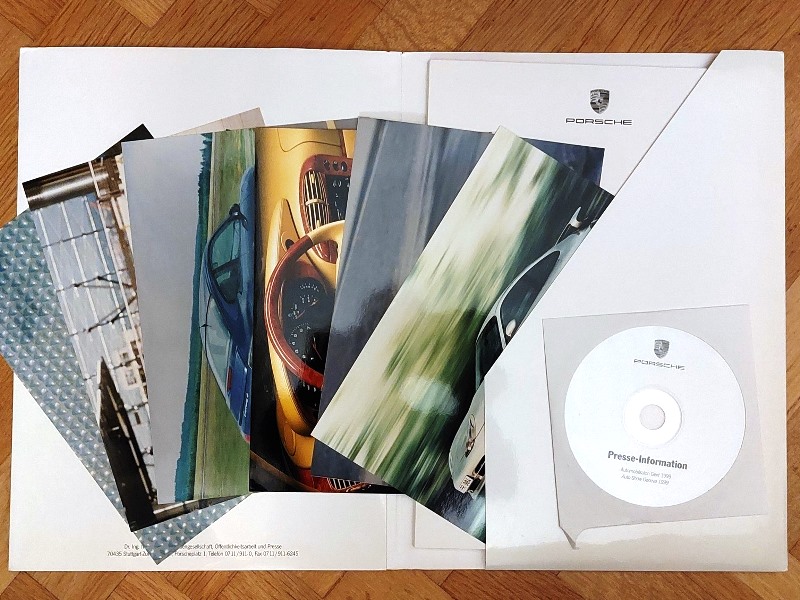
March 1999
Introducing the GT3, Porsche is adding a new top-level athlete to the 911 family. This outstanding car has already set up its first record, lapping the northern circuit of Nürburgring in 7:56 min and thus becoming the fastest production car ever on the circuit. Its 3.6-litre power unit is based on the six-cylinder boxer already featured in the 911 GT1 and develops maximum output of 265 kW (360 bhp). Acceleration to 100 km/h is in 4.8 seconds, top speed is 302 km/h or 187 mph. The Porsche 911 GT3 is the successor to the famous RS model and may be entered in Clubsport trim in motorsport events without any major modifications. The 911 GT3 will be available in the market as of May 1999.
Whether in coupé or cabriolet trim, with a six-speed manual gearbox or five-speed Tiptronic S, the Carrera 4 offers the aficionado of the Porsche 911 a wide range of choice. Permanent four-wheel drive with variable power supply to the front axle is provided via a viscous coupling.
The Carrera 4 underlines its supreme technical standard also by the introduction of PSM Porsche Stability Management featured here for the first time. The existing systems controlling the dynamic behaviour of the car in a longitudinal direction, such as ABS anti-lock brakes, anti-spin control and the Automatic Brake Differential are therefore further enhanced by dynamic control of the car’s lateral behaviour. Intervening in the brakes where and when required and influencing engine power regardless of the specific action taken by the driver, PSM is able to control driving stability in a bend. The engine featured in the new Carrera 4 is Porsche’s proven water-cooled boxer developing maximum output of 300 bhp or 221 kW. The most striking modification on the engine is the electronic gas pedal, a sophisticated technical system offering the further advantages of even better engine response, exhaust emissions reduced to a minimum, and improved fuel economy.
The Porsche 911 Carrera coupé launched at the 1997 Frankfurt Motor Show comes with a water-cooled six-cylinder boxer engine behind the rear axle, 3.4 litres cubic capacity, 300 bhp (221 kW) maximum output at 6800 rpm, maximum torque of 350 Newton metres (258 lb-ft) at 4600 rpm, 6-speed gearbox or, as an option, Tiptronic S. Outstanding features of the car’s body are its low drag coefficient (cd = 0.30), minimum lift forces, a spacious interior and the very practical luggage compartment. Wheel suspension featuring elastokinematic correction of wheel toe position guarantees superior driving safety. Weighing in at 1320 kg unladen weight, the Porsche 911 is one of the lightest cars in its segment. And now the coupé also comes as standard with side airbags at the front, while Porsche Communication Management (PCM) complete with a sophisticated navigation system is available as a high-tech option.
The cabriolet joined the 911 model series in spring 1998. In technical terms it is based on the 911 coupé, featuring the same engine, power transmission and suspension. And the specific requirements of this open-air model were taken into account from the start in developing the new 911. This means that the bodyshell is particularly stiff and torsionally rigid. The soft roof opens and closes electrohydraulically – and, of course, fully automatically – at the touch of a button within just 20 seconds.
In its standard features the cabriolet is again largely identical to the coupé, an additional feature coming as standard with this open-air model being the aluminium hardtop weighing only 33 kg or 73 lb for easy handling by the driver and his passenger. Weighing just 1395 kg (3076 lb), the cabriolet itself is 75 kg or 165 lb heavier than the coupé.
Porsche‘s mid-engined roadster has been in production since 1996 and remains highly popular among customers everywhere. Sales of the Boxster increased last year by 18.5 per cent to 18,817 units. The car excels in particular through the position of its water-cooled six-cylinder horizontally-opposed power unit in front of the rear axle. The Boxster‘s specifications are 2.5 litres capacity, 204 bhp (150 kW) maximum output at 6200 rpm and maximum torque of 245 Newton metres or 181 lb-ft at 4500 rpm. The rear wheels are driven either via a five-speed manual gearbox or five-speed Tiptronic S automatic transmission. Further options serving to individualise the car are provided by the three upgrading packages „Classic“ (new), „Trend“, and „Sports Design“. An aluminium hardtop is available as an option, and it almost goes without saying that the Boxster, like the Carrera, may be further refined by a whole range of options and special equipment, including PCM.

Porsche Press kit 1998 - production models
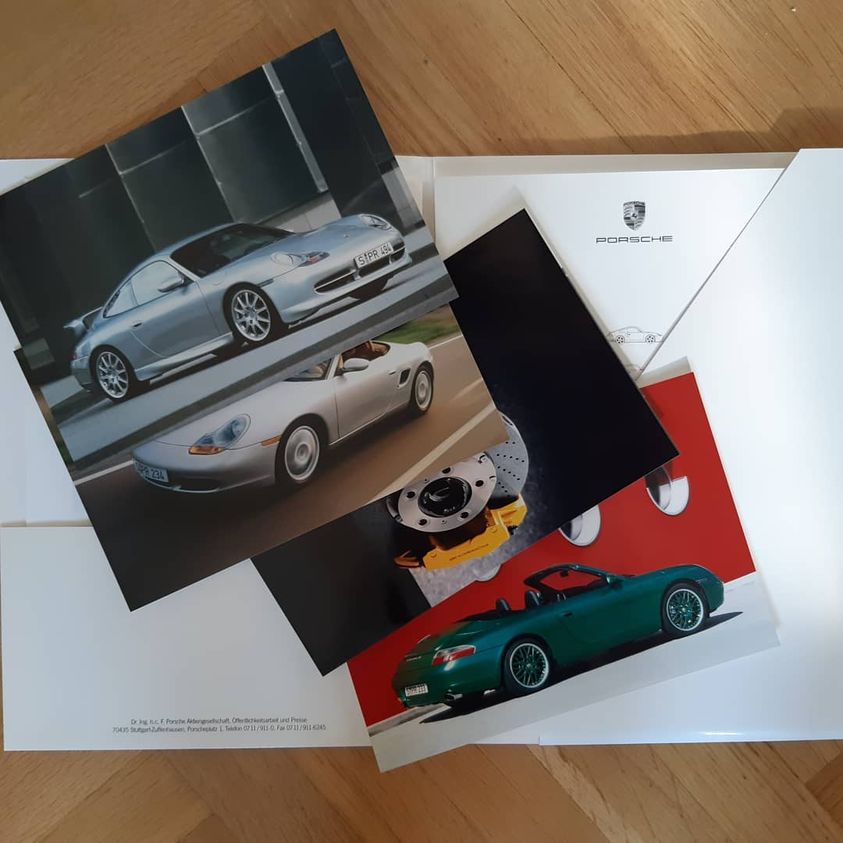
Porsche Press kit 2000 - production models
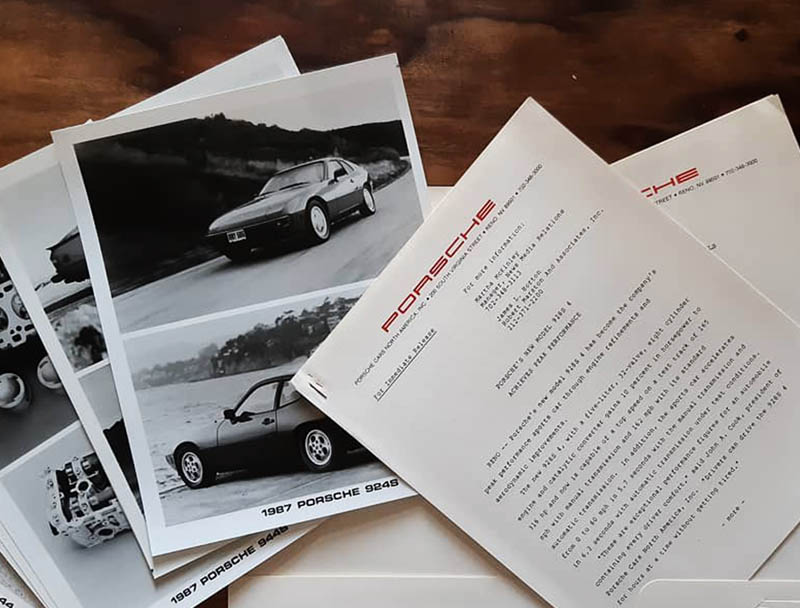
Porsche Press kit
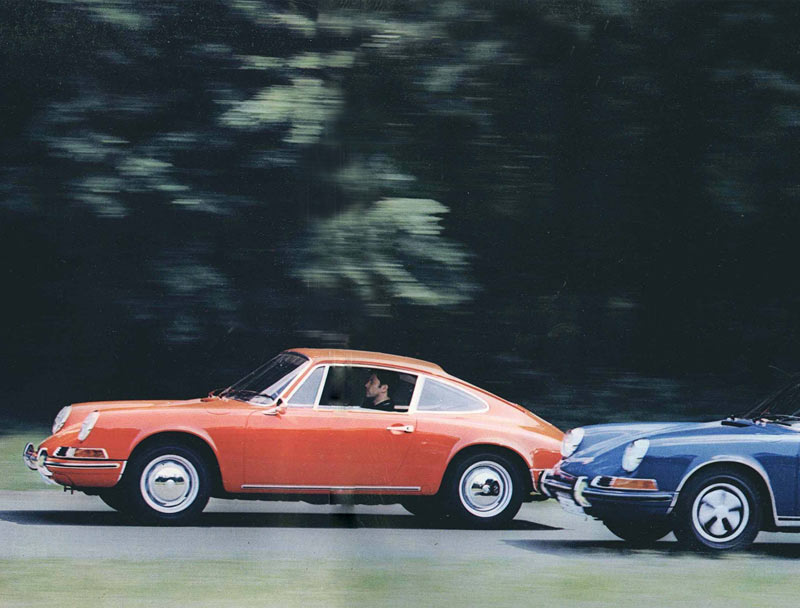
Porsche Literature
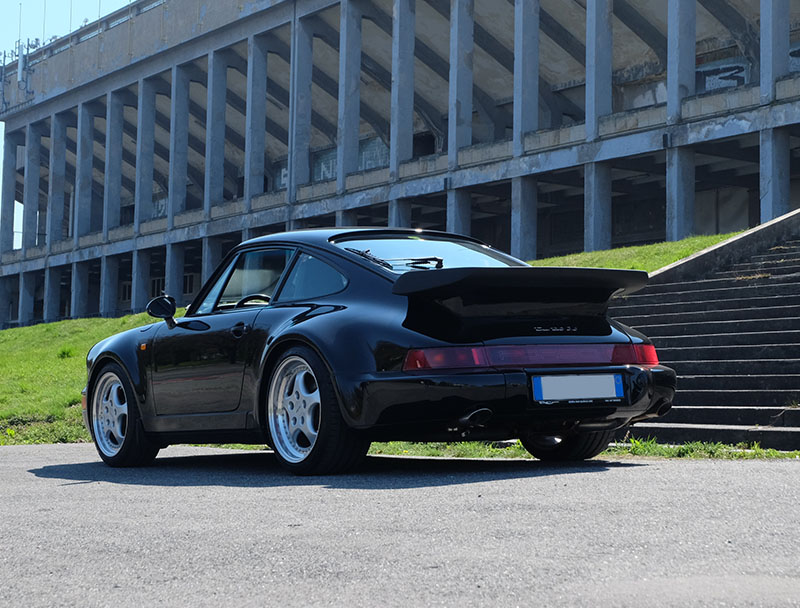
Our Porsche Cars